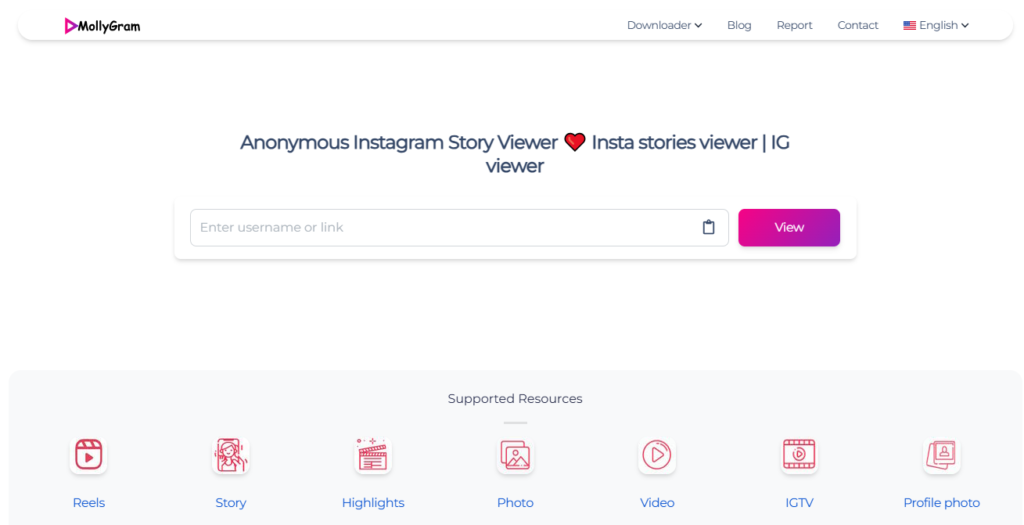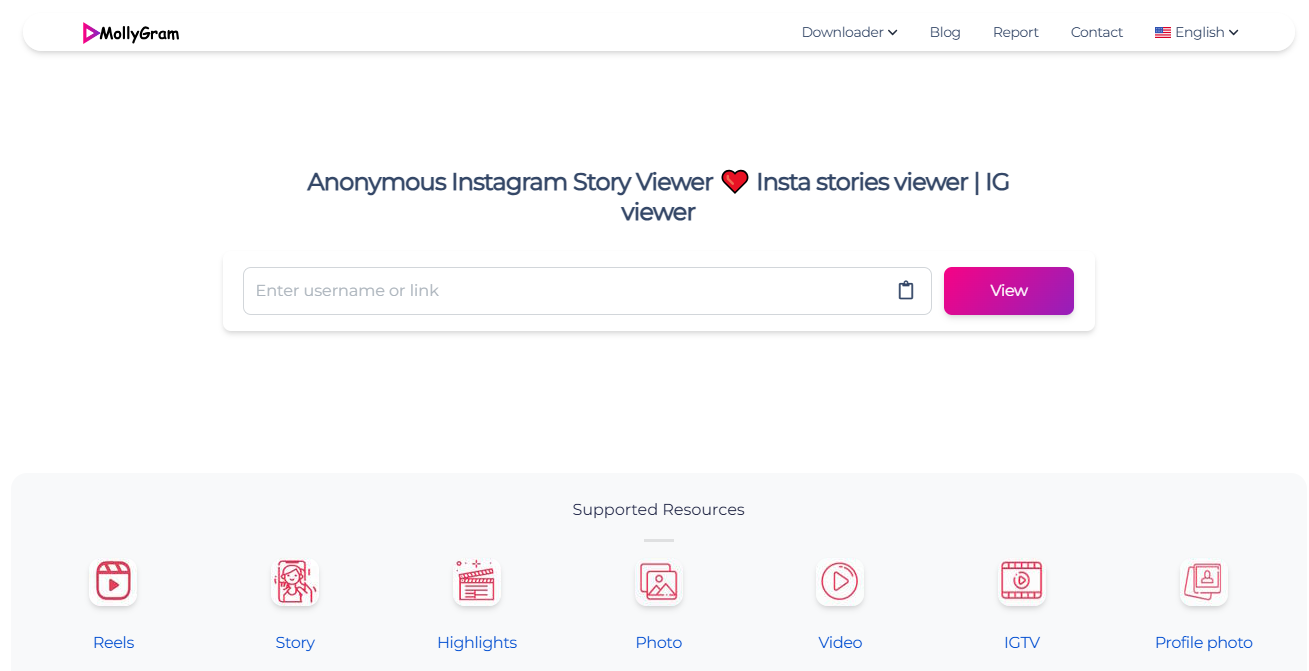Content and design are two aspects of the exact same coin in the current digital marketing environment. When content that is compelling draws and informs your customers, it’s the design that makes it effective. Designing smartly ensures that content is not just seen but is also understood, read, and ultimately acted on. A poorly designed website could hide all of your valuable information in unclear layouts and poor user-friendliness.
With the competition on the internet growing more fierce, companies need to understand the ways in which content for web designing supports their overall marketing strategy.
In this guide to 2025, we’ll look at how web design impacts content marketing, from improving the readability and user experience to boosting engagement and conversions, proving that the design is crucial as well as the messages.
Why Web Design Matters in Content Marketing Today
Web design plays a crucial influence on how your audience views and reacts to your content.
It’s not only about being attractive but also about creating an environment that allows your message to shine.
A well-designed website enhances the visibility, strengthens the brand’s image, and promotes interaction with users.
Without a thoughtful design, even the most valuable content may not be noticed or get misinterpreted.
Web design is vital to the success of content marketing
- Visual hierarchy helps guide the eye of the reader toward the main text first.
- Intuitive navigation allows users to locate what they require quickly while reducing bounce rates.
- Mobile responsiveness gives users the same user experience on all mobile devices.
- Speedy load times engage users and help improve search positions.
- Consistent branding builds confidence and reinforces your message throughout the user experience.
What Is Content Marketing, and Why Is It Design-Dependent?
Content marketing refers to the method of generating, publishing, and distributing relevant and valuable content to entice, engage, and maintain an identified audience.
Content marketing is a method utilized to establish credibility, trust, and ultimately lead to profitable customers’ actions.
From whitepapers and blogs to infographics, videos, and even social media packages, content marketing enables brands to reach users with helpful, educational, or entertaining information tailored to their needs.
But even the most well-written content could be a failure when the layout doesn’t match it.
An unorganized layout, ineffective fonts, or a difficult-to-read design can make visitors leave before they even read a word.
That’s where the significance of web design plays a role.
Design is a way to ensure that information is easy to locate, consume, and then decide upon. Good design provides:
- Readability: Clean typography and a well-organized layout make it easy to scan and read text.
- Visual Engagement: Colors, images, and whitespace can enhance content without overpowering it.
- Accessibility: Content should be accessible across browsers and devices as well as for people with disabilities.
- Focus and Flow: Visual cues such as buttons, headings, and spacing assist users in the journey of content.
The Hidden Link Between User Experience and Content Success
User experience (UX) plays an important part in the way content performs. Even content of the highest quality won’t work in the event that users find your site difficult to navigate and slow in loading.
Content Readability and Visual Flow
Well-designed typography, proper spacing, and a clear format aid users in navigating to absorb the information. The ability to read content helps keep users interested longer and increases retention, which is essential to success with content.
Navigation and User Journey Clarity
A smooth journey can lead to better consumption of content. The clear menus, the logical pathways, and the engaging CTAs assist users to navigate easily and find relevant content without getting lost or missing out.
Load Speed and Engagement Metrics
Speed is everything, from the bounce rate to search engine optimization. A responsive, fast-loading site ensures that visitors don’t leave your website before it loads, which increases engagement and conversion rates.
Mobile Responsiveness and Cross-Device Consistency
A consistent, responsive design will ensure that your content looks stunning and works well on all devices. Since the majority of users are mobile, mobile-first designs are vital for readability and accessibility.
How Web Design Impacts Content Marketing
Web design influences how users are able to interact with and enjoy your content. A well-organized layout increases the readability of your content, increases confidence, and serves your content’s goal, from the delivery of information to conversion.
Typography and White Space
The ability to read fonts, the generous line spacing, and the well-balanced white space help users focus. A clean design allows users to stay longer with your content, with no visual clutter.
Color Psychology and Visual Hierarchy
Colors evoke emotions and draw the eye. When used strategically, they highlight important aspects and guide users naturally towards headlines and CTAs. Industry platforms like DesignRush, one of the top digital marketing agencies, often emphasise how thoughtful use of colour and design can directly impact user engagement and marketing outcomes.
Multimedia Integration (Images, Video, Infographics)
Visuals break up text and increase comprehension. The integration of videos, images, and infographics enhances your content by making it more memorable and increasing the rate of interaction with users.
CTA Placement and Conversion-Centered Design
Effective CTAs are placed in the places that users would expect them to be. The design of the CTA is strong and guides users to act by providing clearly defined prompts and well-placed and consistent design signals.
Accessibility and Inclusive Content Delivery
Make sure that everyone is able to access and comprehend your content. Alternate text and contrast ratios and keyboard navigation help reach the wider public and increase SEO.
How Poor Design Can Undermine Great Content
Even the best content will not be effective in the event that the design causes friction. Knowing how web design impacts content marketing is crucial to ensure that users don’t leave before your message gets received.
Bounce Rates and Abandonment
Unorganized layouts, difficult-to-find menus, or annoying pop-ups can be frustrating for users and cause them to leave quickly. The high bounce rate is often the result of poor design, which can prevent even top-quality content from receiving the interest or attention it deserves.
Loss of Trust and Brand Inconsistency
Uncoordinated design elements, such as inconsistent colors, mismatched layouts, or fonts that aren’t consistent — cause confusion. The lack of consistency erodes the brand’s image and makes your website appear less trustworthy, leading users to doubt the authenticity of your message and content.
SEO Penalties due to Bad UX or Performance
Google evaluates user experience when it comes to ranking in search results. Slow-loading pages, bad designs for mobile devices, and links that are broken or unorganized layouts can negatively affect SEO. However, if your content is optimized, poor designs and issues with performance could significantly impact its visibility and impact.
Web Design Tips That Help Your Content Marketing Work Better
A strong design doesn’t just look good–it actively supports your marketing goals.
By connecting your design to your message, you will improve the accessibility of your content easily, understandable, and shared.
From the layout to SEO, every aspect of your website should be in sync with your overall strategy.
When creating content for web designing, it is crucial to think about the impact of design choices on the user’s behavior and performance.
Designing for Skimmability and Content Hierarchy
A majority of readers scan their screen before committing to reading. Utilize headers, subheaders, bullet points, and short paragraphs to arrange your content in a clear manner. Highlighting key information using striking words or visually based cues enhances the readability of your content and ensures that important information is not missed.
Consistent Branding Across Pages
Every page should be a reflection of your brand. Utilize the same color scheme as well as typography, logo design, and tone of voice throughout your website. Consistent branding creates credibility and trust, which makes your content appear professional and unified.
Interactive Features that Help Users Spend More Time on Site
Interactive elements such as sliders, polls, and quizzes that are embedded make your content more enjoyable. These types of features boost time-on-site, which improves SEO and increases user retention.
The Design Process Should be Designed with Search in Mind (SEO Integration)
Be sure that your content is supported by the technical SEO. Utilize fast-loading designs with responsive layouts and schema markups to help search engines and users locate your website’s content quickly.
Real-World Examples of Design-Driven Content Marketing Success
A successful content strategy doesn’t depend on writing skills alone. It’s fueled by a user-friendly, smart design. Leading brands have learned the art of mixing visuals, layouts, and interactivity to increase the speed at which their content is viewed and remembered. These brands prove they can do this. The moment web design and content work together, they produce unforgettable, high-converting experiences.
Hubspot
HubSpot’s Content Hub is a masterpiece in both structure and usability. Consistent branding, easy navigation, and a flexible layout make it simple to navigate guides or blogs as well as forms. Despite the plethora of options, users don’t get lost.
Airbnb
Airbnb’s content design prioritizes storytelling. With large images, clear typography, and responsive layouts, they create experiences that connect emotionally with travelers and turn people who are not avid readers into loyal customers.
Trello Blog
Trello is a minimalist platform with plenty of white space and fun illustrations. The posts are content-heavy and easy to scan, making difficult topics in project management seem accessible and interesting for all user levels.
Want a Website That Amplifies Your Content’s Impact?
Your content needs more than just a place on your website. It needs a design that grabs attention, keeps people engaged, and encourages action. At Halo Digital, our web design services are built to enhance your content marketing strategy. Whether you’re writing blogs, running campaigns, or building your brand, we create websites that support your content and drive real results. Contact us today to start building a smooth, user-friendly experience that turns visitors into loyal customers.
FAQs
How does design affect marketing?
Design plays a significant part in shaping how customers feel about your brand. It helps them navigate their way, highlights important content, and increases the ease of reading. A well-designed design increases interaction, improves the credibility of your brand, and also helps you achieve your marketing objectives by turning regular visitors into loyal customers with an enjoyable, seamless experience.
Does a website form part of marketing through content?
Absolutely. The website you have created is your hub for all your content—blogs, videos, product pages, and much more. Its design influences how easily users are able to access, consume, and distribute your material. A well-designed website improves the visibility of your content, aids in SEO, and boosts user confidence and loyalty.
What is the role of web design for digital marketing strategies?
Web design makes sure that your marketing efforts for content are backed by a simple, interactive, brand-named experience. From layout to navigation and responsiveness to mobile, each aspect affects how people engage with the content and whether they will convert. Design that is well-designed can translate into tangible outcomes.
Final Thoughts: How Web Design Impacts Content Marketing
In 2025, having great content is only the beginning point. The way web design affects the marketing of content is more important than ever before.
Design affects the user experience, ranging from aesthetics and readability to trust and involvement. Even the most effective content may be overlooked when it’s obscured by unprofessional design or awkward navigation. But an organized, clear layout makes sure that your message gets recognized, understood, and then acted on.
When you’re developing blogs or landing pages for your website or creating long-form guides, make sure your design is aligned with your goals for content. If done correctly, design can become the invisible partner driving your success in marketing content.

Abdullah Iqbal is a content writer at HALO Digital with 5+ years of experience creating SEO-friendly blogs and web content. He specializes in writing clear, engaging, and conversion-focused copy that aligns with user intent and business goals. His work spans the tech, business, gaming, sports, and affiliate industries.



























